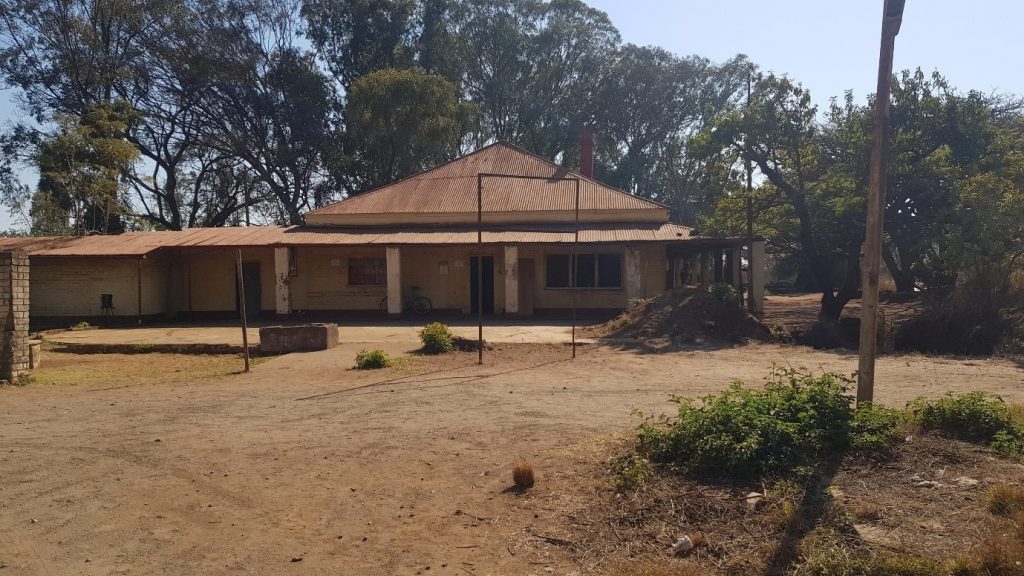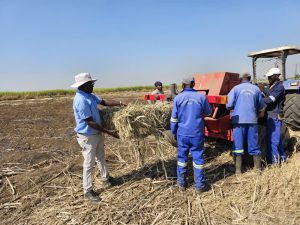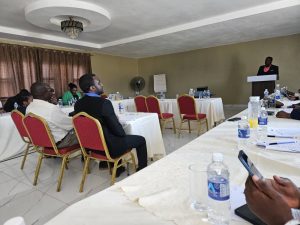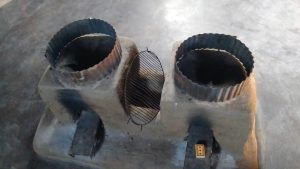Yeukai Munetsi
The availability of abundant chrome deposits which have been exploited for over a century in the Lalapanzi area of Chirumhanzu district has not resulted in sustainable social progress for the community, but rather in perceptions of dispossession, conflict and environmental degradation.
The initial chrome mines, which sit along Zimbabwe’s famed Great Dyke, were established by colonial settlers as early as 1920 but the mining now is dominated by the Chinese.
The earliest and largest mining companies that have existed in the area are the former Lonrho (London Rhodesia Company) which has since relinquished its interests in the area, and ZIMASCO (Zimbabwe Alloy and Steel Company) which is currently the dominant player.
Other significant players at the moment are Afrochine, Jack, Bunde, JR Goddard, Washrock and Blue Roof; while ZimAlloys has sold its stake ‘to the community’.
These companies have one thing in common: to make the maximum profits at the least possible cost, and with no significant investment being made in sustainable community wellbeing.
Education and health facilities are few and rundown, while no meaningful effort is made to reclaim the landscape which is scarred by the opencast mining.
Mavis Matombo, a resident of Netherburn in Lalapanzi, complained that decent schooling in the mining community is impossible due to rundown facilities as well as the noise and dust pollution stirred by mining activities.
“Mining activities are happening too close to the secondary school that we have here (Restoration Academy). There is a lot of noise and pupils and their teachers inhale a lot of dust every day. There are windows that just can’t be opened and they have to stay closed all the time lest we have more dust in the buildings,” Matombo said.
Restoration Academy (pictured above), she said, accommodates many pupils some of whom walk a very long distance to get to school, and this has led to dropouts and early marriages.
“Children travel a long distance to go to school and many of them drop out to engage in illegal mining activities while girls get married early. This is hardly the picture of a chrome-rich community which would ordinarily be expected to be prosperous and decent,” said Matombo.
The school is housed in very old and dilapidated buildings dating back to the colonial are, and have not been attended to for a very long time despite more intense chrome mining in recent years.
A tour of the community by EnviroPress revealed a community largely in poverty and deterioration of its physical environment.
This project was made possible through a partnership with the Southern Africa Trust. The views expressed herein do not necessarily represent that of the Trust or its associates. www.southernafricatrust.org






